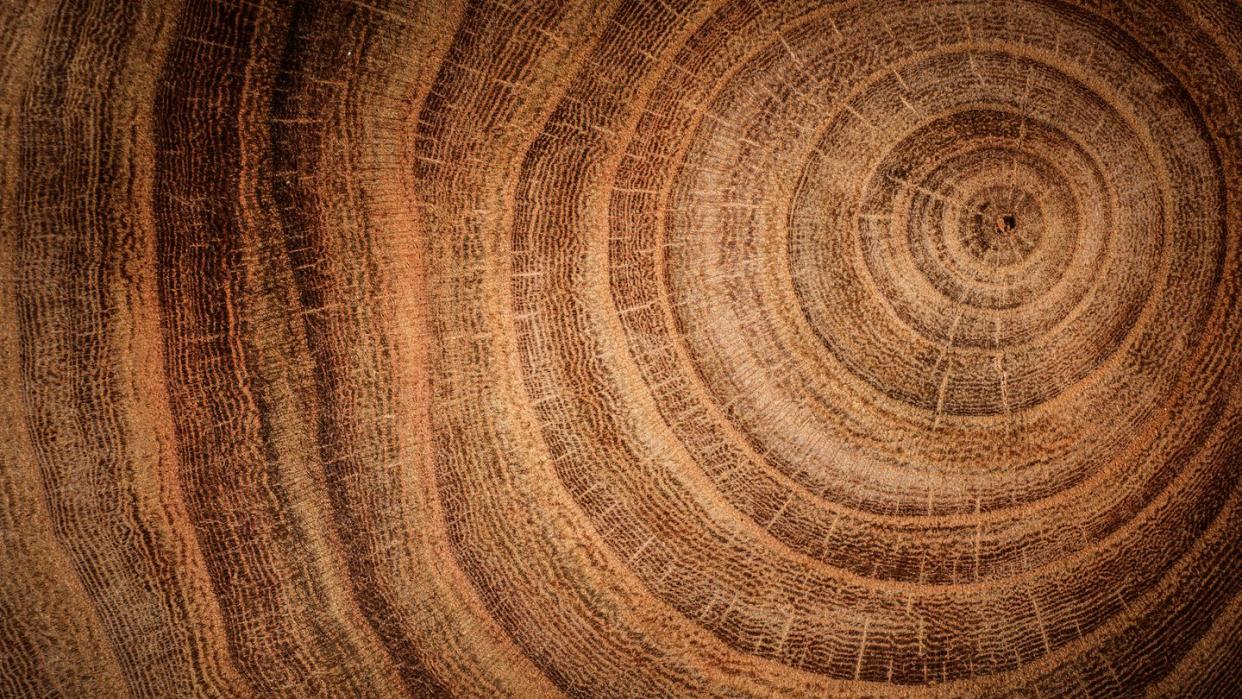Scientists Discovered the World's Oldest Forest Hiding in England

Since 2019, a fossil forest in upstate New York has been regarded as the oldest-known forest in the world.
A new discovery in southwestern England shows that forests developed in the region 390 million years ago—some four million years earlier than the one in the U.S.
While this is the oldest example of trees grouping together, they’re not the oldest trees ever, which are estimated to be 120 million years older than the first forests.
Trees have been kicking around on planet Earth far longer than us humans—or even dinosaurs, for that matter. Thank goodness, because after the auspicious arrival of the first forests, CO2 levels around the world plummeted to near-modern levels while supplying the world with a rush of oxygen that led to more complex life.
In 2009, paleobotanists found the starting point of this wood revolution in an abandoned quarry in Cairo, New York known as the Gilboa fossil forest. That starting point? The fossilized remains of Archaeopteris—an ancient plant that featured a large woody root system with leaf-adorned branches—found in 386-million-year-old rocks.
But now, scientists from Cambridge University are pushing back that woody revolution by a further four million years with the discovery of new fossil specimens in the Hangman Sandstone Formation, located in southwest England. A study exploring the discovery was published late February in the Journal of the Geological Society.
Although these new specimens tick off the appropriate boxes to consider in the world’s oldest forest—according to Cambridge University’s Neil Davies, a co-author on the study—this ancient forest isn’t as varied as the one found in Cairo, New York. Instead, this forest is mostly full of cladoxylopsids (a close relation to ferns and horsetails) that resemble palms, but are of no relation. While its long central stem looks like it contains palm-like fronts, they’re instead just a bunch of “twiglets,” Davies said in an interview with Live Science.
“The evolution of trees and forests through the Devonian Period fundamentally changed Earth's land biosphere,” the study reads. “We report evidence for a previously unrecognized cladoxylopsid forest landscape…the oldest known evidence globally for the relative position of standing trees: in common parlance a ‘fossil forest.’”
Forming 390 million years ago, these cladoxylopsids would not have enjoyed (or would have despised, depending on your point of view) southwest England’s modern climate. England was in a quite different place during the Middle Devonian Epoch during a faunal stage known as the Eifelian (393.3 to 387.7 million years ago).
Back then, some 150 million years before the first dinosaurs, England was part of a massive landmass known as Laurussia, which formed from smaller continents such as Avalonia, Baltica, and Laurentia some 30 million years prior at the beginning of the Devonian period. The landmass that eventually formed England actually hung out below the equator, so the climate was warmer and drier than what’s found on the British Isles today.
While the oldest forest in known existence (that is, trees growing close together), these grouped cladoxylopsids do not represent the oldest trees ever. Those first appeared on Earth some 500 million years ago, according to a 2018 study from the University of Bristol. And though the U.S. has now lost the crown to England when it comes to the oldest forest ever discovered, this new discovery will help piece together the ancient puzzle of how trees radically altered the planet and paved the way for the rise of a world full of life.
You Might Also Like

